
The Everything Blueprint: The Microchip Design That Changed the World
by
James Ashton
Published 11 May 2023
He could hold his own on a bigger stage too, as seen in a presentation he gave to Apple staff in California alongside Mike Muller, which is still on YouTube. Thomas didn’t have a lot of friends outside work and he struggled with an acne condition that affected his confidence. One day in August 1992, as interest in the Apple Newton and its suppliers stepped up, he was in the office to talk to a German journalist about the advances Arm was making. Thomas took his own life the following day. ‘Here was this guy laughing around us, a key member of the team, and we didn’t realise that he was so depressed,’ Brown said. Thomas left a note for colleagues to say he was sorry.
…
Their families had both lived in the Maidenhead area and got on well. Patti, Saxby’s wife, had taught Brooks’ youngest son and their families had holidayed together. Before Saxby had taken the Arm job in 1991 Brooks had, for the price of a curry, helped formulate a five-year business plan. Relaxing on a break in Corsica together in 1992, Saxby brought along an Apple Newton device for Brooks to cast an eye over. When Brooks moved to France for a job with the hotels group Accor they kept in touch. And when Saxby suggested there might be an opening for him at Arm Brooks knew it was time to come home. On joining, the work to make the company IPO-ready began at once.
…
In November 2014, research firm Gartner had predicted that by 2020 there would be 25 billion connected ‘things’, transforming manufacturing, utilities and transport.9 By February 2017, having predicted that three-quarters of IOT projects would take up to twice as long to implement as planned, it reined that figure in to 20.4 billion.10,11 Problems were manifold. IOT lacked common standards, mass installation increased a corporation’s vulnerability to cyber-attacks, and costs were huge. Industry veterans weren’t worried. Some ideas just took a long time to germinate. After all, the concept and form factor of the Apple Newton in 1993 didn’t really translate into success until the iPad came out in 2010, 17 years later. Arm had always gazed far ahead, trying to anticipate what end-users wanted next. But it was a year when the future looked brighter than the here and now. Born from parsimony, now the company had what felt like limitless funds and an army of engineers to shape the future.

Valley of Genius: The Uncensored History of Silicon Valley (As Told by the Hackers, Founders, and Freaks Who Made It Boom)
by
Adam Fisher
Published 9 Jul 2018
But the fact that Garry Trudeau made the Newton into a recurring punch line in his nationally syndicated comic strip, Doonesbury, didn’t help much, either. Mike Doonesbury: “I am writing a test sentence.” Apple Newton: Siam fighting atomic sentry. Mike Doonesbury: “I am writing a test sentence.” Apple Newton: Ian is riding a taste sensation. Mike Doonesbury: “I am writing a test sentence!!” Apple Newton: I am writing a test sentence! Mike Doonesbury: “Catching on?” Apple Newton: Egg freckles? Apple had rushed to market and paid the price. General Magic, meanwhile, wasn’t going to make the same mistake that Sculley did. Instead, they made the opposite mistake.
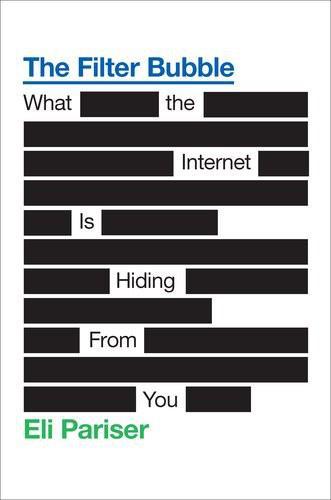
The Filter Bubble: What the Internet Is Hiding From You
by
Eli Pariser
Published 11 May 2011
In Cupertino, almost exactly a decade before the iPhone, Apple introduced the Newton, a “personal desktop assistant” whose core selling point was the agent lurking dutifully just under its beige surface. As it turned out, the new intelligent products bombed. In chat groups and on e-mail lists, there was practically an industry of snark about Bob. Users couldn’t stand it. PC World named it one of the twenty-five worst tech products of all time. And the Apple Newton didn’t do much better: Though the company had invested over $100 million in developing the product, it sold poorly in the first six months of its existence. When you interacted with the intelligent agents of the midnineties, the problem quickly became evident: They just weren’t that smart. Now, a decade and change later, intelligent agents are still nowhere to be seen.
…
INDEX accessibility bias Act of Creation, The (Koestler) Acxiom Adderall advertars advertiser-funded media (AFM) advertising augmented reality and brand fragmentation and day-parting and disclosure of personalization in in social spaces on television Afghanistan agents: humanlike intelligent Alexander, Christopher algorithms CineMatch EdgeRank Google search OkCupid PageRank political districts and Amazon Kindle Web Services ambient intelligence Americans for Job Security Anderson, Chris Angleton, James Jesus anonymity Anti, Michael Apple Newton architecture and design Arendt, Hannah argument styles Ariely, Dan Arnold, Stephen art Asimov, Isaac AT&T Atlantic attention crash augmented cognition (AugCog) augmented reality Barlow, John Perry Battelle, John Bay, Michael behavioral retargeting Bell, Gordon Benkler, Yochai Berners-Lee, Tim Bezos, Jeff Bharat, Krishna Bhat, Tapan Bing Bishop, Bill Blades, Joan blogs BlueCava BlueKai Bohm, David Bohr, Niels books advertising in digitized Bosworth, Andrew Bowling Alone (Putnam) boyd, danah Boyd, Wes BP brain Brand, Stewart brand fragmentation bridges Brin, Sergey Burnham, Brad Burnham, Terence Bush, George W.
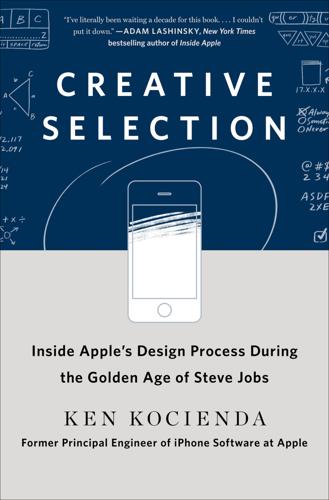
Creative Selection: Inside Apple's Design Process During the Golden Age of Steve Jobs
by
Ken Kocienda
Published 3 Sep 2018
Accessed November 14, 2017. https://www.urbandictionary.com/define.php?term=Crackberry 4. Kenneth Kocienda et al., Keyboards for portable electronic devices. U.S. Patent 7,694,231, filed January 5, 2006, and issued April 6, 2010. 7. QWERTY 1. Mat Honan, “Remembering the Apple Newton’s Prophetic Failure and Lasting Impact,” Wired, August 5, 2013. https://www.wired.com/2013/08/remembering-the-apple-newtons-prophetic-failure-and-lasting-ideals/. Accessed November 14, 2017. 2. Wikipedia contributors, “International Talk Like a Pirate Day,” Wikipedia, The Free Encyclopedia, https://en.wikipedia.org/w/index.php?title=International_Talk_Like_a_Pirate_Day&oldid=831048898.
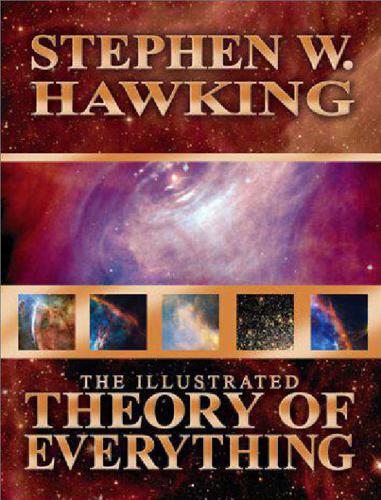
Illustrated Theory of Everything: The Origin and Fate of the Universe
by
Stephen Hawking
Published 1 Aug 2009
This said that each body inthe universe was attracted toward every other body by a force which wasstronger the more massive the bodies and the closer they were to each other.It was the same force which caused objects to fall to the ground. The story thatNewton was hit on the head by an apple is almost certainly apocryphal. AllNewton himself ever said was that the idea of gravity came to him as he sat ina contemplative mood, and was occasioned by the fall of an apple. Newton went on to show that, according to his law, gravity causes the moonto move in an elliptical orbit around the Earth and causes the Earth and theplanets to follow elliptical paths around the sun. The Copernican model gotrid of Ptolemy’s celestial spheres, and with them the idea that the universe hada natural boundary.
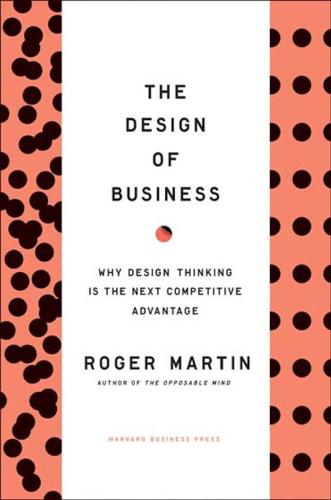
Design of Business: Why Design Thinking Is the Next Competitive Advantage
by
Roger L. Martin
Published 15 Feb 2009
Looking back on the dot-com crash, Michael Dell, founder of Dell, argues that little has changed. “Still today in our industry, if you go to a trade show, you walk around and you will find a lot of technology for which there is no problem that exists,” he says. “It’s like, ‘Hey, look at this, we’ve got a great solution and there is no problem to solve here.’ ” 6 Think of the Apple Newton, the world’s first portable data assistant. Launched in 1993, it utterly flopped. According RIM’s Lazaridis, it was a failure of abduction. “It had no future,” he argues. “What problem did it solve? What value did it create? It was a research project. What could you do with it that you couldn’t do with a laptop?
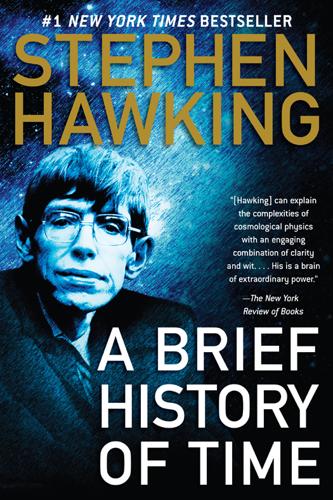
A Brief History of Time
by
Stephen Hawking
Published 16 Aug 2011
It was this same force that caused objects to fall to the ground. (The story that Newton was inspired by an apple hitting his head is almost certainly apocryphal. All Newton himself ever said was that the idea of gravity came to him as he sat “in a contemplative mood” and “was occasioned by the fall of an apple.”) Newton went on to show that, according to his law, gravity causes the moon to move in an elliptical orbit around the earth and causes the earth and the planets to follow elliptical paths around the sun. The Copernican model got rid of Ptolemy’s celestial spheres, and with them, the idea that the universe had a natural boundary.

Thank You for Being Late: An Optimist's Guide to Thriving in the Age of Accelerations
by
Thomas L. Friedman
Published 22 Nov 2016
The idea was to try to create a device that combined the Palm Pilot—at that time basically a combination calendar, Filofax, address book, and day planner, with note-taking capabilities and a wireless Web-based text browser—with a 3G cell phone. That way when you called up a phone number in the Palm Pilot address book, you could just click on it and the cell phone would dial it. And with the same device you could surf the Internet. Jacobs approached Apple to see if they were interested in partnering with Qualcomm on this, using the Apple Newton, their Palm competitor. But Apple—this was just before Steve Jobs came back—turned them down and eventually killed the Newton. So Jacobs went to Palm and together they ended up making the first “smartphone”—the Qualcomm pdQ 1900—in 1998. It was the first phone designed not just to relay text messages, but to combine digital wireless mobile broadband connectivity to the Internet with a touchscreen and an open operating system that eventually ran downloadable apps.
…
Louis Park Agadez, Niger age of accelerations; dislocation and; education and; human adaptability as challenged by; as inflection point; innovation as response to; leadership and; the Machine and; Moore’s law and; social technologies and agriculture: in Africa and Middle East; climate change and; monocultures vs. polycultures in Airbnb; trust and air-conditioning Aita, Samir algorithms; human oversight and; self-improving Alivio Capital Allen, Paul Allisam, Graham Almaniq, Mati Al Qaeda Al-Shabab AltaVista Amazon (company) Amazon rain forest Amazon Web Services American Civil Liberties Union American Dream American Interest American University of Iraq “America’s New Immigrant Entrepreneurs: Then and Now” (Kauffman Foundation) Amman, Jordan amplifying, as geopolitical policy Andersen, Jeanne Anderson, Chris Anderson, Ross Anderson, Wendell Andreessen, Marc Andrews, Garrett Android AngularJS Annan, Kofi Anthropocene epoch Anthropocene Review anti-Semitism APIs (application programming interfaces) Apple; see also Jobs, Steve Applebaum, Anne Apple Newton Apple Pay apps revolution Arab Awakening Arabic, author’s study of Arab-Muslim world, golden age of Arafat, Yasser architects, software for Armstrong, Neil artificial intelligence (AI); intelligent algorithms and; intelligent assistance and Artnet.com Ashe, Neil Ashraf, Quamrul Assad, Bashar al- Associated Press Astren, Fred AT&T; intelligent assistance and; iPhone gamble of; lifelong learning and; as software company Atkinson, Karen atmosphere: aerosol loading in; CO2 in; ozone layer of ATMs Auguste, Byron Austria Austro-Hungarian Empire Autodesk automation, see computers, computing autonomous systems; see also cars, self-driving Autor, David Avaaz.org Azmar Mountain Bajpai, Aloke Baker, James A., III balance of power Bandar Mahshahr, Iran bandwidth Bangladesh bankruptcy laws bank tellers Barbut, Monique baseball, class-mixing and BASIC Bass, Carl Batman, Turkey BBCNews.com Bee, Samantha Beinhocker, Eric Beirut: civil war in; 1982 Israeli-Palestinian war in Bell, Alexander Graham Bell Labs Bennis, Warren Benyus, Janine Berenberg, Morrie Berenberg, Tess Berkus, Nate Berlin, Isaiah Berlin Wall, fall of Bessen, James Betsiboka River “Better Outcomes Through Radical Inclusion” (Wells) Between Debt and the Devil (Turner) Beykpour, Kayvon Bible Bigbelly garbage cans big data; consumers and; financial services and; software innovation and; supernova and Big Shift Big World, Small Planet (Rockström) “Big Yellow Taxi” (song) Bingham, Marjorie bin Laden, Osama bin Yehia, Abdullah biodiversity: environmental niches and; resilience and biodiversity loss; climate change and biofuels biogeochemical flows biomass fuels biotechnology bioweapons birth control, opposition to Bitcoin black elephants Blase, Bill blockchain technology Bloomberg.com Blumenfeld, Isadore “Kid Cann” Bobby Z (Bobby Rivkin) Bodin, Wes Bohr, Mark Bojia, Ayele Z.
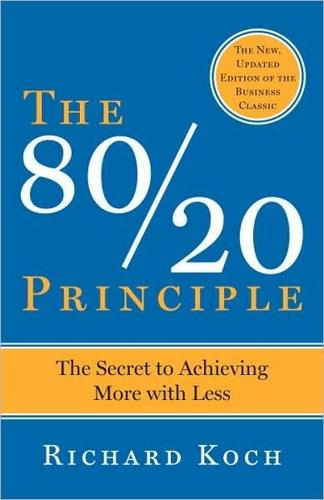
The 80/20 Principle: The Secret of Achieving More With Less
by
Richard Koch
Published 15 Dec 1999
Don’t plan to the nth degree on the first day. The return on investment usually follows the 80/20 rule: 80 percent of the benefits will be found in the simplest 20 percent of the system, and the final 20 percent of the benefits will come from the most complex 80 percent of the system.7 Apple used the 80/20 Principle in developing the Apple Newton Message Pad, an electronic personal organizer: The Newton engineers took advantage of a slightly modified version [of 80/20]. They found that .01 percent of a person’s vocabulary was sufficient to do 50 percent of the things you want to do with a small handheld computer.8 Increasingly, software is substituting for hardware, using the 80/20 Principle.
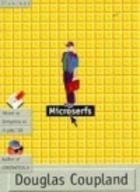
Microserfs
by
Douglas Coupland
Published 14 Feb 1995
NG 1: I don't know. Business class only, I think. I guess it would be cooler if you could play with the 13-year old kids back in coach . . . SEGA should send group testers on flights and do market research that way! (Titters.) Karla and I looked at each other and rolled our eyes, but were impressed. APPLE! NEWTON! JAL FIRST CLASS! I don't have frequent flyer miles on any airline. Loser. MONDAY Anatole's Lexus has a vertical slot in its dashboard. It's a coffee cup holder that pops out and does this flip-flip-flip origami thing - whoosh-whoosh-whoosh - and becomes horizontal. Karla and I went out around sunset and had coffees and sat in the car.

QI: The Second Book of General Ignorance
by
Lloyd, John
and
Mitchinson, John
Published 7 Oct 2010
Nobody knows where the catflap myth started, but we do have a source for the legend of the apple tree: Newton himself. Never one for self-deprecation, he likened his discovery of gravity to Adam being expelled from the Garden of Eden, as both featured the sudden acquisition of knowledge through an apple. Newton often told the story during his lifetime, but, over a century later, the German mathematician Karl Friedrich Gauss (1777–1855) offered his own version of events. ‘Undoubtedly,’ he said, ‘the occurrence was something of this sort: There comes to Newton a stupid importunate man, who asks him how he made his great discovery.
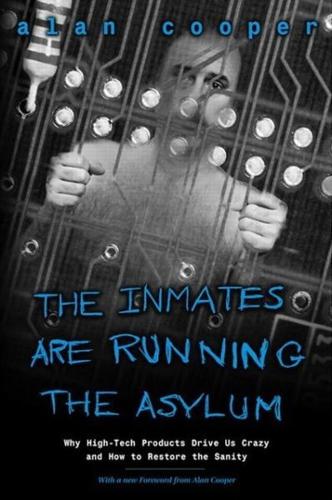
The Inmates Are Running the Asylum
by
Alan Cooper
Published 24 Feb 2004
Certainly, some consumer products that depend on the Christmas season for the bulk of their sales have frighteningly important due dates. But most software-based products, even consumer products, aren't that sensitive to any particular date. For example, in 1990 the PenPoint computer from GO was supposed to be the progenitor of a handheldcomputer revolution. In 1992, when the PenPoint crashed and burned, the Apple Newton inherited the promise of the handheld revolution. When the Newton failed to excite people, General Magic's Magic Link computer became the new hope for handhelds. That was in 1994. When the Magic Link failed to sell, the handheld market appeared dead. Venture capitalists declared it a dry hole.
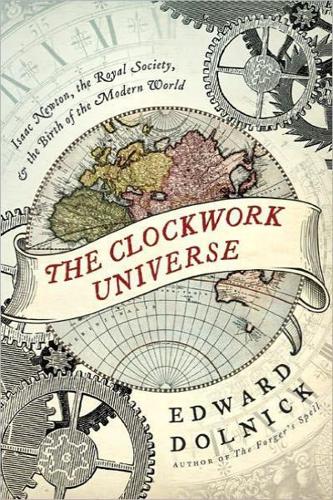
The Clockwork Universe: Saac Newto, Royal Society, and the Birth of the Modern WorldI
by
Edward Dolnick
Published 8 Feb 2011
That distance was the fall Newton was looking for—the moon “falls” from a hypothetical straight line to its actual position. Newton calculated the distance the moon falls in 1 second, which corresponds to the dashed line in the diagram. In his quest to compare Earth’s pull on the moon and on an apple, Newton was nearly home. He knew how far the moon falls in one second. He had just calculated that. It falls about 1/20 of an inch. He knew how far an apple falls in one second. Galileo had found that out, with his ramps: 16 feet. All that remained was to look at the ratio of those two falls, the ratio of 1/20 of an inch to 16 feet.
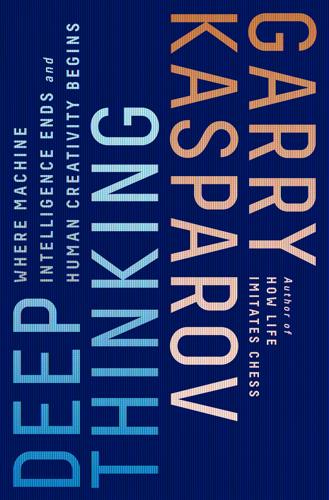
Deep Thinking: Where Machine Intelligence Ends and Human Creativity Begins
by
Garry Kasparov
Published 1 May 2017
In the ten years since I wrote that book, it has become even clearer to me that technology is like language, best learned through early immersion. It was a much-coveted type of hard drive. If I recall correctly, the shouting was being done by Stepan Pachikov, a computer scientist who shared the direction of the computer club with me. His contributions to handwriting recognition software at the Soviet company ParaGraph were used in the Apple Newton. He later moved to Silicon Valley and founded Evernote, the ubiquitous note-taking app. I once made a television commercial for the search engine company AltaVista. If you want to know what happened to AltaVista, you can google it! This fits the axiom of Bill Gates. Bill Gates, The Road Ahead (New York: Viking Penguin, 1995).
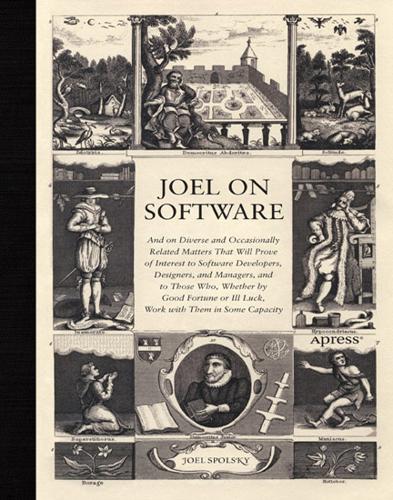
Joel on Software
by
Joel Spolsky
Published 1 Aug 2004
Ashton-Tate never missed an opportunity to piss off dBase developers, poisoning the fragile ecology that is so vital to a platform vendor's success. I'm a programmer, of course, so I tend to blame the marketing people for these stupid mistakes. Almost all of them revolve around a failure of nontechnical business people to understand basic technology facts. When Pepsi-pusher John Sculley was developing the Apple Newton, he didn't know something that every computer science major in the country knows: Handwriting recognition is not possible. This was at the same time that Bill Gates was hauling programmers into meetings begging them to create a single rich text edit control that could be reused in all their products.

Super Thinking: The Big Book of Mental Models
by
Gabriel Weinberg
and
Lauren McCann
Published 17 Jun 2019
YouTube became a mainstream possibility only once broadband access was prevalent. In both cases there were earlier attempts to accomplish similar things that failed because the timing wasn’t right. The rest of the world wasn’t yet sufficiently equipped with the necessary technology. Apple famously introduced the Apple Newton tablet device in 1993 and discontinued it in 1998 after lackluster sales. More than a decade later, Apple introduced a new tablet device—the iPad—which had the fastest initial adoption rate of any mainstream electronic device up to that point, even ahead of the iPhone and the DVD player. What changed?
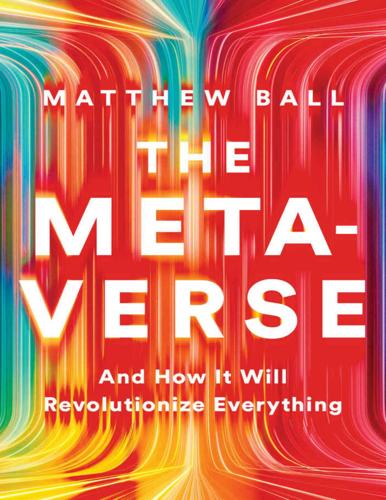
The Metaverse: And How It Will Revolutionize Everything
by
Matthew Ball
Published 18 Jul 2022
See also cloud game streaming; specific streaming services Stripe, 217 subscription apps, 187n subscription fees, 176, 270–71 Subspace, 82 Super Mario Bros., 8, 32, 75, 98 Super Mario Odyssey, 30, 32 Sushiswap, 223 sustainability, 125, 182, 209–10, 222–23 Sweeney, Tim, 12, 19, 44, 96 on advertising in the Metaverse, 264 on Apple, 22–23, 184 on blockchains and the Metaverse, 234–35 “critical mass of working pieces,” 244–48 on powerful companies controlling the Metaverse, 285, 289 on the scope of the Metaverse, 14, 119–20 “Sweeney’s Law,” 100–101, 181–82 on the timeline of the Metaverse, 239, 245 see also Epic Games; Fortnite; Unreal game engine tablets, xi failed Apple Newton tablet, 145 “iPad Natives,” 13, 249 iPads, xi, 294 lidar scanning, 159–60 techno-capitalists, xiii, 22 TeleGeography, 85, 130 Tencent, 19, 24, 166 “hyper-digital reality,” xii, 7n, 239, 307n lawsuit over game item trading, 128 use of facial recognition, xiii WeChat, 205–6, 209, 214, 303–4 Tesla, 101, 166, 271 3D, 29–30, 33–36, 58 avatars, 40, 124, 144 common standards for, 135–40, 248 immersive, 30, 37 isometric (2.5D), 9, 30 objects, 36, 40–41, 248, 299 televisions, xiv, 5 “3D internet,” 34 TikTok, 28, 34, 116, 298 Time magazine, 66, 73 Tinder, 19, 215, 255, 259, 261, 308 Tivoli Cloud, 193 T-Mobile, 212 Tonic Games Group, 137 Top Policy Group, x Totem AR headset, 144 TouchWiz OS, 213 trolls and trolling, 129, 229, 291 “Trouble with Bubbles, The,” 5 TSMC, 166 Twitch, 50, 135, 179, 278, 298 Twitter, 92, 129, 138, 229, 287, 300 2001: A Space Odyssey, xi, 305 ultra-wideband (UWB) chips, 160 “uncanny valley,” 82–83 Uncensored Library, 11 Uniform Resource Locator (URL), 38–39 Uniswap, 223, 233 United Nations, 243 United States v.
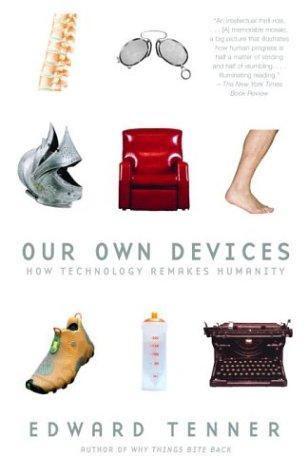
Our Own Devices: How Technology Remakes Humanity
by
Edward Tenner
Published 8 Jun 2004
When the Macintosh graphic user interface arrived in the 1980s, the mouse at first took over some of the commands of the keyboard, but many users soon clamored for function keys and keyboard shortcuts. In the late 1980s and early 1990s visionaries at Apple and elsewhere called for a new kind of computer that would recognize handwriting on a portable tablet. While the movement ended in a wave of failures, notoriously of the original Apple Newton, pen-based computing never actually died, and both Apple and Microsoft are doing their best to revive it. Yet the smaller the portable device, the more likely it appears that someone will find a way to plug a portable QWERTY keyboard into it. Several are available for the Palm Pilot personal digital assistant (PDA).
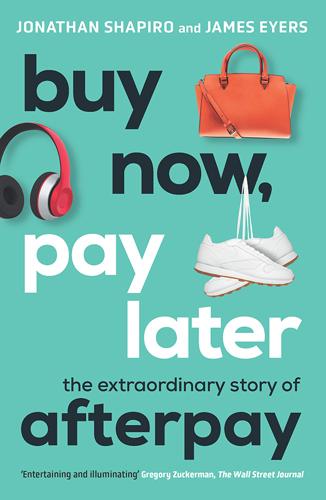
Buy Now, Pay Later: The Extraordinary Story of Afterpay
by
Jonathan Shapiro
and
James Eyers
Published 2 Aug 2021
Ten floors below him in the most coveted office building in Manhattan, Philippe Laffont’s Coatue Management ran US$16 billion of assets in his specialist technology hedge fund. While most hedge fund reception halls were decorated with expensive art, Coatue’s paid homage to tech nostalgia. A white cabinet displayed relics that were precursors to the dawning computer age: early Nintendo consoles, the first-ever Apple computer, and the Apple Newton, a clunky handheld device that was discontinued in 1998. Laffont had been an analyst around the same time as Coleman, but Robertson had passed him over for funds, instead backing Coleman, Lee Ainslie’s Maverick and Ole Andreas Halvorsen’s Viking Global. The Belgian-born Frenchman was a graduate of the temple of nerd-dom that was the Massachusetts Institute of Technology, and in the mid-1990s was hired by Robertson to cover European tech stocks.
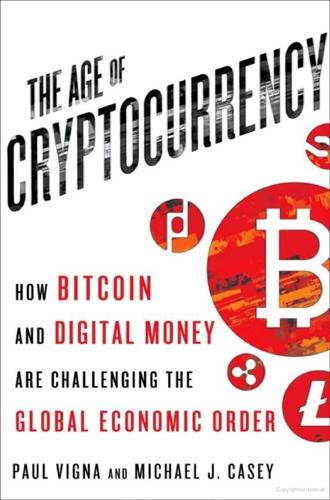
The Age of Cryptocurrency: How Bitcoin and Digital Money Are Challenging the Global Economic Order
by
Paul Vigna
and
Michael J. Casey
Published 27 Jan 2015
Remember also the Y2K threat, which reached its anticlimax weeks before that Super Bowl. We’ll never know whether it amounted to nothing because computer consulting firms successfully convinced everyone to upgrade their mainframes or whether they just brilliantly hyped a nonevent. Well before then history was littered with other failed tech ideas: the Apple Newton, digital audiotapes, and the Betamax video format, to name a few that our generation might remember. Still, ignoring change is risky, for which Eastman Kodak provides a cautionary tale. The century-old, Rochester, New York–based maker of film for analog cameras failed to pick up on the digital-imaging invention of one of its own engineers in the 1970s, only to be overwhelmed in the 2000s by the arrival of mass-marketed digital cameras.
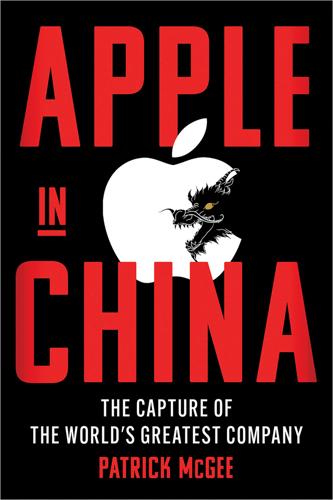
Apple in China: The Capture of the World's Greatest Company
by
Patrick McGee
Published 13 May 2025
As Apple established more of a presence in the country, Joe O’Sullivan from operations moved to Tokyo in 1993 to head up supplier quality—meaning he was to oversee production and ensure it was up to snuff. “I was in Japan about five minutes, and it was like, ‘Apple can teach the Japanese nothing,’ ” he says. Newton Apple’s outsourcing strategy evolved when the first Apple Newton shipped in August 1993. The Newton was a proto-BlackBerry that allowed the user to take notes with a pen, read email, send faxes, and manage their calendar. But its key feature—handwriting recognition—was relentlessly mocked as unworkable. And production in Japan by Sharp was its own disaster.
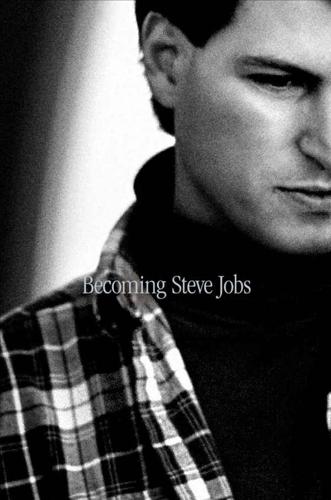
Becoming Steve Jobs: The Evolution of a Reckless Upstart Into a Visionary Leader
by
Brent Schlender
and
Rick Tetzeli
Published 24 Mar 2015
Their idea was that users would mimic the actions of a mouse by working directly on the screen of a portable computer with a special stylus. They believed that drawing or writing directly on a screen was so natural and familiar that it would be the best way for people to interact with their computers. This was the nascent technology that John Sculley had counted on to make the Apple Newton MessagePad the next big wave in personal computing when it was introduced in 1993. The Newton failed, of course, partly because its handwriting recognition was embarrassingly inaccurate. Microsoft tried for two decades to make something of pen computing in tablet versions of the PC, but to no avail.
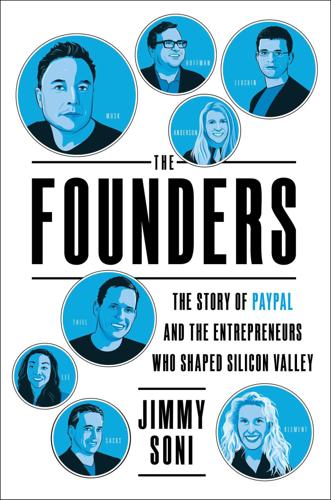
The Founders: The Story of Paypal and the Entrepreneurs Who Shaped Silicon Valley
by
Jimmy Soni
Published 22 Feb 2022
Powers was struck by Levchin: college students weren’t exactly regular attendees at enterprise technology conferences, nor were they this sharp. Levchin remembered Powers as “tall, gangly, wacky… and a good-hearted guy,” someone who “was always a decade ahead of his time.” Powers had come to the conference because of his interest in mobile computing. The first generation of mobile devices—the PalmPilot, the Apple Newton, the Casio Cassiopeia, the Sharp Wizard, and so on—had just burst onto the scene. When he met Levchin, Powers had begun reading up on wireless standards and mobile device security. “You could see the evolution coming,” he remembered. Shortly after the conference, Powers pitched the idea of starting a mobile enterprise consulting practice to his bosses at JD Edwards.
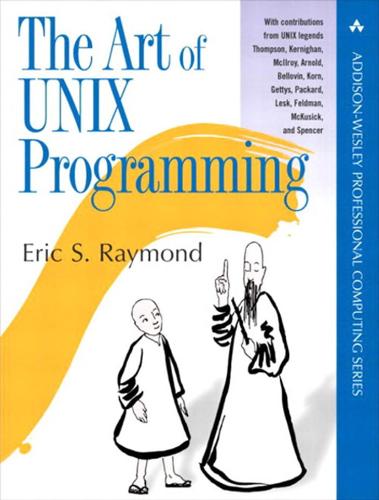
The Art of UNIX Programming
by
Eric S. Raymond
Published 22 Sep 2003
It's not quite an exit because the throw can be intercepted by catcher code in an enclosing procedure. Exceptions are normally used to signal errors or unexpected conditions that mean it would be pointless to try to continue normal processing. [160] http://www.eros-os.org/ [161] The operating systems of the Apple Newton, the AS/400 minicomputer and the Palm handheld could be considered exceptions. Problems in the Environment of Unix The old-time Unix culture has largely reinvented itself in the open-source movement. Doing so saved us from extinction, but it also means that the problems of open source are now ours as well.

The Friendly Orange Glow: The Untold Story of the PLATO System and the Dawn of Cyberculture
by
Brian Dear
Published 14 Jun 2017
In time the vision gets stale, and the visionary grows stubborn, as others dream up new visions that challenge then replace the old. It’s how we got Facebook, the answer to MySpace, which was the answer to Friendster. It’s how we got Google, which was the answer to AltaVista, Lycos, and Infoseek. It’s how we got the iPhone after the Palm Treo, Apple Newton, and flip phones. PLATO’s story is no different. But what a story. — The Friendly Orange Glow is divided in three parts. Part One, “The Automatic Teacher,” begins before PLATO with the story of the 1950s work of the psychologist B. F. Skinner. In subsequent chapters we’ll see how a confluence of people, ideas, national emergencies, and government mandates led to the creation of the PLATO system.
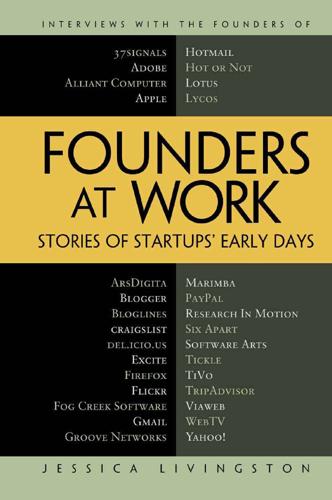
Founders at Work: Stories of Startups' Early Days
by
Jessica Livingston
Published 14 Aug 2008
They were all technical, they were all enthusiastic about starting something like this—it sounded like a good idea to them, as opposed to something they were Joe Kraus 63 scared of. Actually, every one of us was in the same freshman dorm. This was a company started out of essentially freshman dorm relationships. So we get together at our favorite taqueria. We each had brought ideas to the table and they all sucked. There were things like applications for the Apple Newton—that was my brilliant idea. My other brilliant idea was automatic translation software, which to this day doesn’t work. Everybody had ideas and they were all terrible, and by the end we were all very depressed. And then Graham started talking. It’s hard to remember exactly what he said, but it was something like this: “Look, between CD-ROMs and command line stuff, more and more information’s being made available electronically.”

How the Mind Works
by
Steven Pinker
Published 1 Jan 1997
If they did, every creature would be faster than a speeding bullet, more powerful than a locomotive, and able to leap tall buildings in a single bound. An organism that devotes some of its matter and energy to one organ must take it away from another. It must have thinner bones or less muscle or fewer eggs. Organs evolve only when their benefits outweigh their costs. Do you have a Personal Digital Assistant, like the Apple Newton? These are the hand-held devices that recognize handwriting, store phone numbers, edit text, send faxes, keep schedules, and many other feats. They are marvels of engineering and can organize a busy life. But I don’t have one, though I am a gadget-lover. Whenever I am tempted to buy a PDA, four things dissuade me.